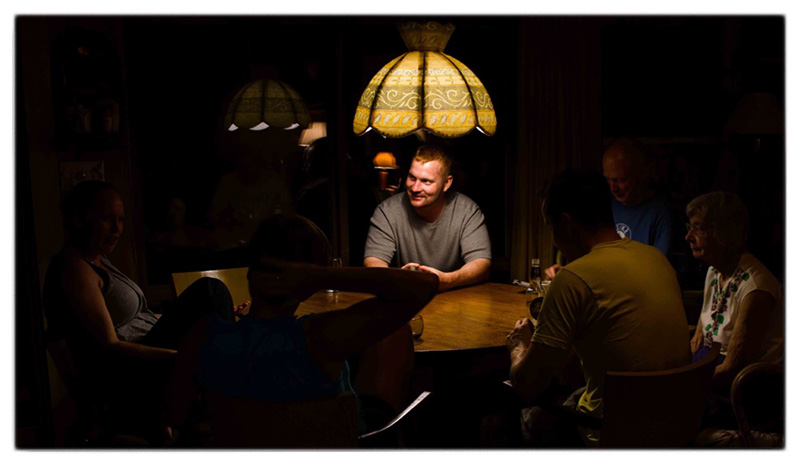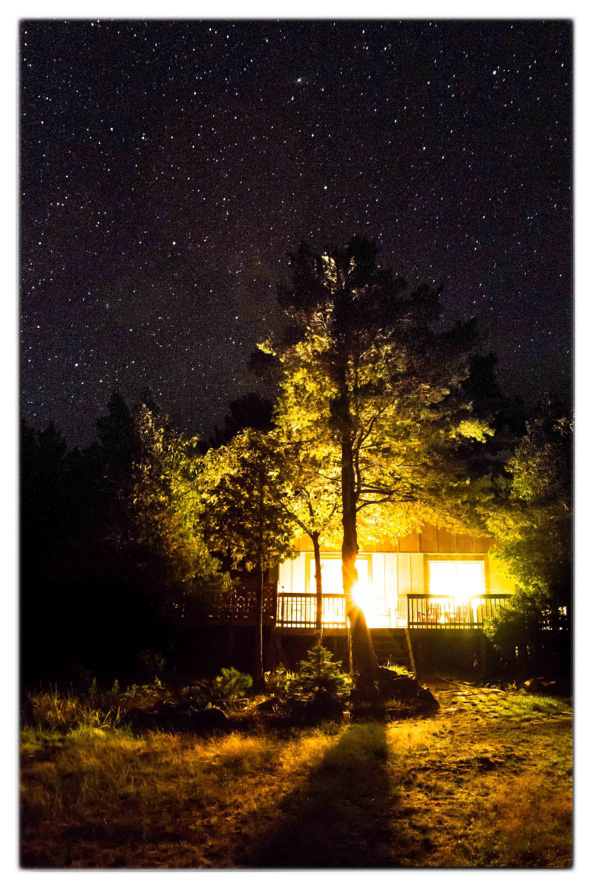About the Author:
Kelly is a professional photographer, television sports broadcaster and a retired Canadian Olympian, shoots from her home base in Canmore, Alberta. www.kellyvanderbeek.com

by Kelly Vanderbeek
Going into situations that are ripe with visual candy (like a wedding or a scenic family vacation) can often be the most difficult to shoot. The desire to capture the ‘perfect image’ can be daunting. Fear of failure to live up to the perfect image ideal may result in missed opportunities.
I recently had such a weekend. Combining new equipment (the Tamron 24-70mm F/2.8 & the Metz mecablitz 58 AF-2 flash) and a family vacation on Georgian Bay created an image perfection situation. We know great images don’t just happen. You have to recognize the moment; technically know how to capture it; and be present to capture it before it passes (which can, at times, mean foreseeing the future). These photographic opportunities can create such high expectations that it may cripple the end result because nothing seems ‘worthy’ enough to start shooting. Something I call ‘perfect image syndrome’.
Here are my Tips to overcome ‘Perfect Image Syndrome’ so your camera never misses a photographic opportunity again:
Test Your Environment:
Pick up your camera with the excuse to simply test the light/settings for the environment. (This is especially key when dealing with new gear.)
Get Comfortable:
Hear the shutter release a few times, get comfortable with your equipment in your new environment.
Keep Your Camera Close:
Allow the people around you to be used to seeing you with a camera in hand. Eventually, they will forget you’re holding it. When they relax, your images will blossom to another level.
Narrow Focus:
Focus on smaller items at first; even if it isn’t where you expect to capture that perfect image. This takes the pressure off of trying to force the end goal and allows you to see things you may otherwise have missed.
Below are images starting with a narrow focus of my environment, then moving towards the shots I had expected and hoped to capture. I really enjoyed both the Tamron 24-70 and the Metz 58 AF-2 flash. Highlights for the Tamron lens included the clarity and the image stabilization. Since I shoot mostly handheld and my favorite subject matter is people, image stabilization is a high priority on my list of required qualities in a lens. The only area where I felt this lens fell a bit short was its bokeh when using a shallow depth of field. I experimented with the Metz flash for a while to get the technical side figured out. I found it easy to use and it produced satisfying results.
Whatever your tipping point to begin shooting, don’t be shy.
Break the ice by hearing the shutter release, get comfortable with your camera in hand, and from there, the images will flow more naturally. These tips will better enable you to capture that elusive ‘perfect image’.
Good Luck!

by Kelly Vanderbeek

by Kelly Vanderbeek

by Kelly Vanderbeek

by Kelly Vanderbeek

by Kelly Vanderbeek

by Kelly Vanderbeek








